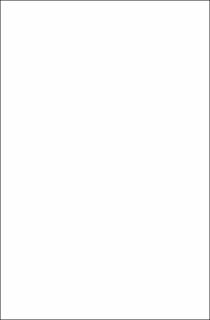| dc.contributor.author | Bowitz, Einar | |
| dc.contributor.author | Storm, Erik | |
| dc.date.accessioned | 2020-05-14T11:18:40Z | |
| dc.date.available | 2020-05-14T11:18:40Z | |
| dc.date.issued | 1991-10 | |
| dc.identifier.issn | 0803-074X | |
| dc.identifier.uri | https://hdl.handle.net/11250/2654448 | |
| dc.description.abstract | A policy simulation on the Norwegian macroeceometric model MODAG indicates that there are large automatic stabilizers in the system of government revenues and expenditure in Norway, especially in the short and medium term. A relatively large part of transfers (in addition to unemployment benefits) is found to be influenced by changes in unemployment. The consequence of this is that the potential for improving public sector balances by means of a rest rictive demand policy, may be more modest than usually believed. The paper also contains a long term projection of government expenditure, with special emphasis on effects of ageing of the population and the maturing of the pension system, implying increases in pension payment per beneficiary in the future. The .governement expenditure projections indicate that transfers (mainly old-age and disability pensions) will increase by 5 percentage-points of GDP from 1990 to 2030, given that unemployment returns to the estimated NAIRU in the future. In addition increased demand for medical care due to ageing, may be said to warrant additional increases in (public) health consumption of a somewhat smaller size. | en_US |
| dc.description.sponsorship | This work is a part of the project "macroeconomics and the welfare state", financed by NORAS (Norwegian coucil for applied social research). | en_US |
| dc.language.iso | eng | en_US |
| dc.publisher | Statistisk sentralbyrå | en_US |
| dc.relation.ispartofseries | Discussion Paper;No. 66 | |
| dc.rights | Attribution-NonCommercial-NoDerivatives 4.0 Internasjonal | * |
| dc.rights.uri | http://creativecommons.org/licenses/by-nc-nd/4.0/deed.no | * |
| dc.title | Will restrictive demand policy improve public sector balances? | en_US |
| dc.type | Working paper | en_US |
| dc.source.pagenumber | 38 | en_US |

